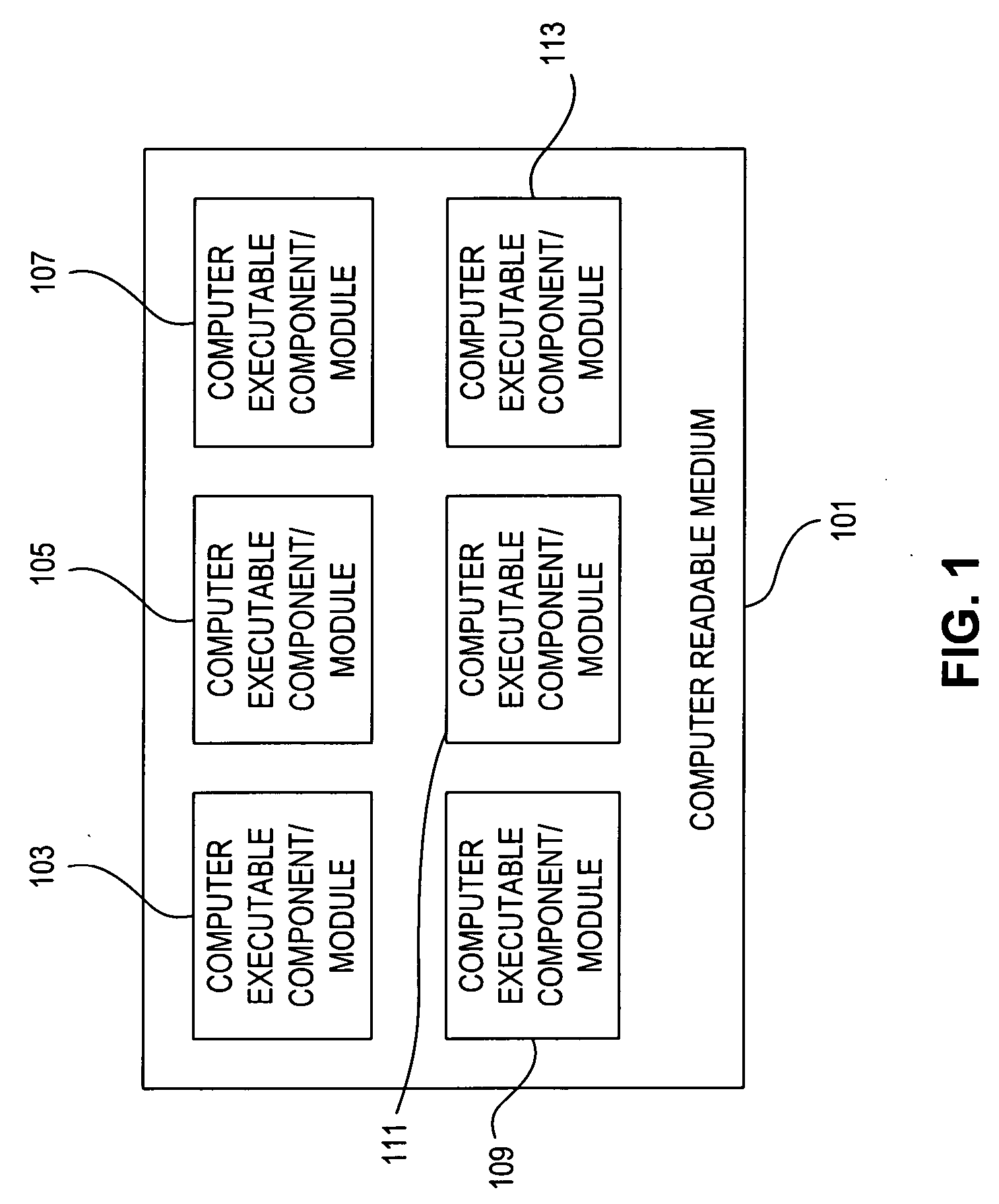Data security in a semantic data model
a data model and data security technology, applied in the field of database systems, can solve problems such as data inconsistency, data inefficiency, and inability to store data in file systems, and achieve the effect of improving security measures
- Summary
- Abstract
- Description
- Claims
- Application Information
AI Technical Summary
Benefits of technology
Problems solved by technology
Method used
Image
Examples
Embodiment Construction
[0054] In the following description of the various embodiments, reference is made to the accompanying drawings, which form a part hereof, and in which is shown by way of illustration various embodiments in which the invention may be practiced. It is to be understood that other embodiments may be utilized and structural and functional modifications may be made without departing from the scope of the present invention.
[0055] The inventive methods may be embodied as computer readable instructions stored on a computer readable medium such as a floppy disk, CD-ROM, removable storage device, hard disk, system memory, computer chip such as an application specific integrated circuit (ASIC), or other data storage medium. FIG. 1 illustrates a block diagram of a computer readable medium 101 that may be used in accordance with one or more of the above described embodiments. The computer readable medium 101 stores computer executable components, or software modules, 103-113. More or fewer softw...
PUM
 Login to View More
Login to View More Abstract
Description
Claims
Application Information
 Login to View More
Login to View More - R&D
- Intellectual Property
- Life Sciences
- Materials
- Tech Scout
- Unparalleled Data Quality
- Higher Quality Content
- 60% Fewer Hallucinations
Browse by: Latest US Patents, China's latest patents, Technical Efficacy Thesaurus, Application Domain, Technology Topic, Popular Technical Reports.
© 2025 PatSnap. All rights reserved.Legal|Privacy policy|Modern Slavery Act Transparency Statement|Sitemap|About US| Contact US: help@patsnap.com



